Ask a non-gardener if they know of the deep-rooted cultural connection between Ireland and the genus of plants known as Camellia and your question is likely to be greeted with an expression of complete bemusement.
Yet if it weren't for the small, flavoursome leaves of an evergreen shrub called Camellia Sinensis, we'd be without our national drink and deprived of the famously restorative powers of a freshly-brewed cup of tea. Even Dublin coffee-house Bewley's – celebrated by James Joyce in Dubliners – probably wouldn't exist. Its founders established their thriving business by importing more than 2,000 chests of the tea plant's dried leaves from China into Dublin, thus breaking the British East India Company's monopoly on tea imports from the Far East.
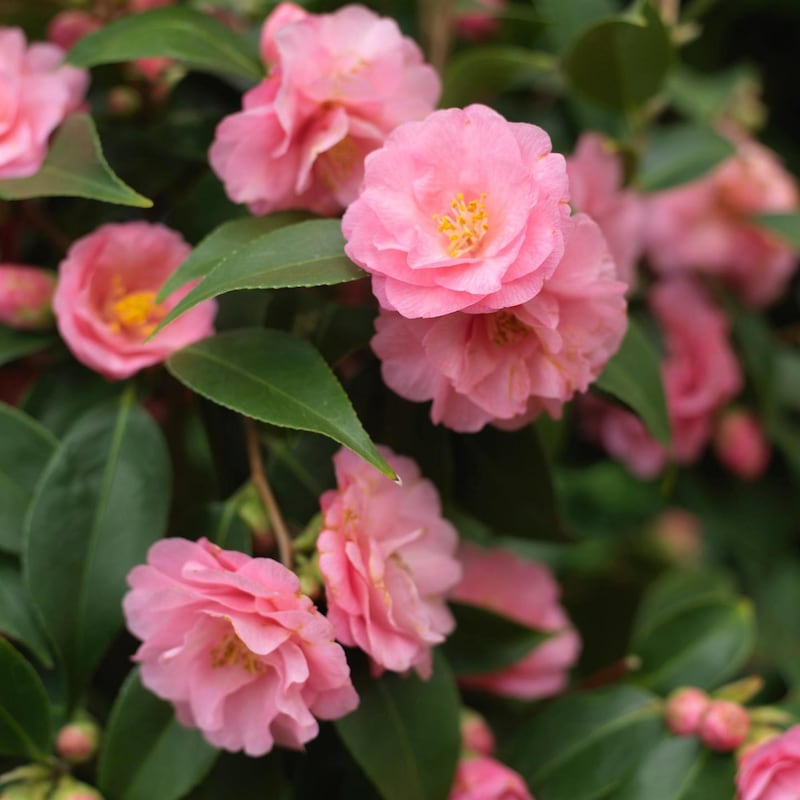
What the Bewley family probably didn’t know at the time is that while native to China and India, the tea plant will also grow quite happily in our damp Irish climate when given a cool, moist but well-drained neutral to acid soil in full sun or light shade with shelter from cold winds.
It's not, however, the most ornamental species of camellia. Instead that honour goes to the countless different varieties/hybrids of Camellia Japonica, Camellia Reticulata, Camellia X Williamsii and Camellia Sasanqua as well as the dainty Camellia Transnokoensis . Grown in gardens all over Ireland, many are now coming into peak spring bloom, their evergreen branches festooned with large, colourful flowers reminiscent of roses or peonies – some single, some double, some semi-double – in varying shades of cream, pink, red and even pale yellow.
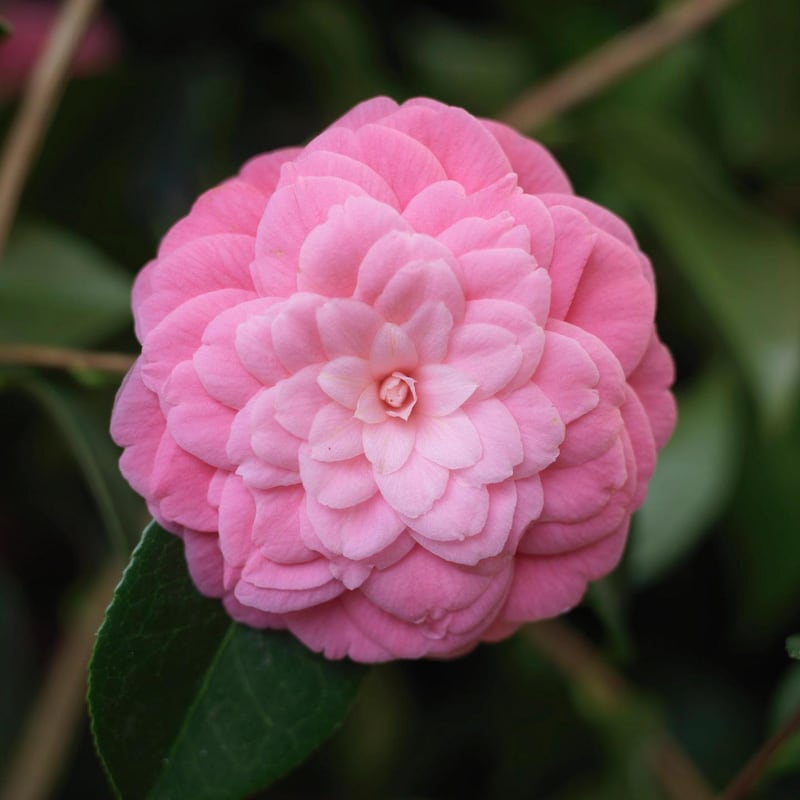
In particular, Mount Congreve Gardens in Co Waterford is known worldwide for its outstanding collection of close to 800 different cultivars and species, most of them planted by the garden's late owner Ambrose Congreve back in the 1950s. This is the place to see mature camellias growing en masse, some as large as trees, planted in generous swathes and in the sort of sheltered woodland setting that these plants adore.
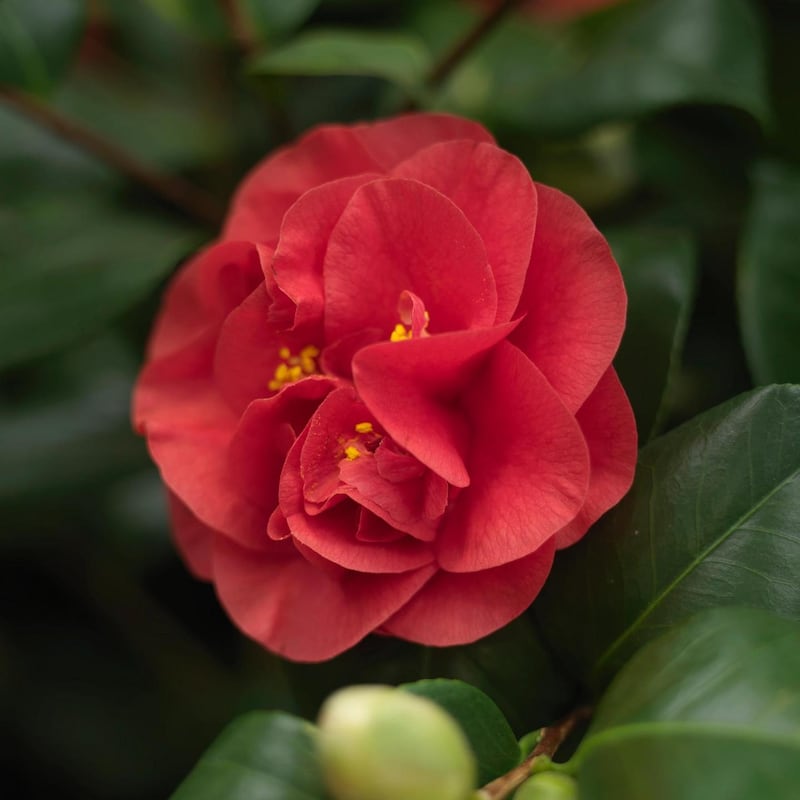
Despite the recent punishing weather, head gardener Michael White promises visitors a wonderful display over the coming weeks, and months, proof that these predominantly spring-flowering shrubs are far hardier than commonly believed. Among his own favourites are the exceptionally long-flowering Camellia Japonica or Gloire de Nantes, which has been blooming at Mount Congreve since December, Camellia X Williamsii or George Blandford (also in bloom since December), and the ultra-compact, creamy-yellow, floriferous hybrid known as Camellia Buttermint.
I say predominantly because while the camellia season is traditionally associated with late winter/spring, there is another exceptionally garden-worthy species – the aforementioned Camellia Sasanqua –that blooms in Mount Congreve from autumn through to late winter. Unlike its spring-flowering counterparts, it needs a position in full sun but otherwise it shares the same cultural requirements as regards its preference for a moist but well-drained, neutral to acid soil and shelter from cold winds.
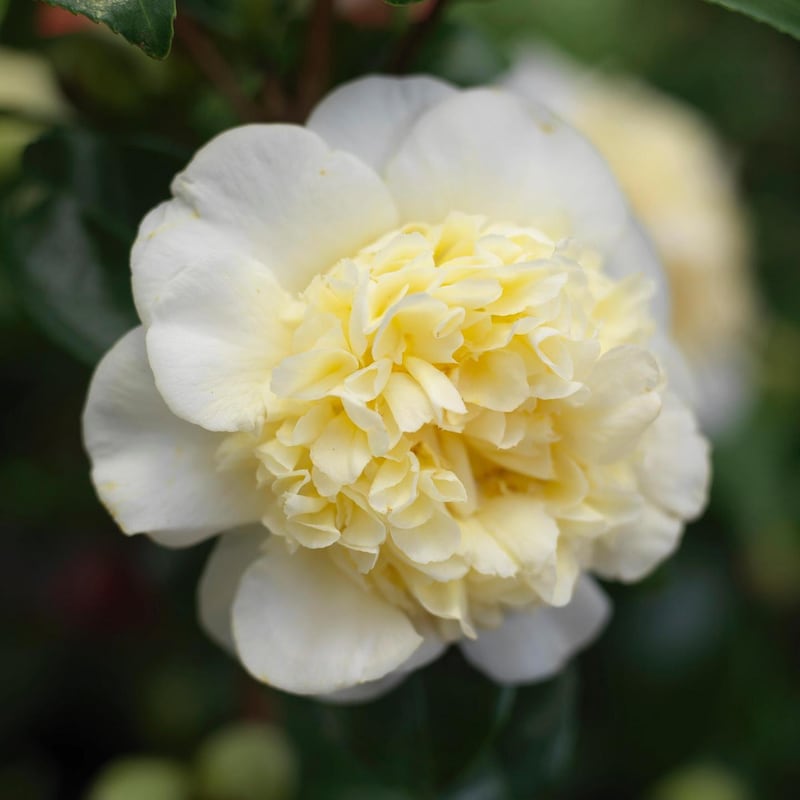
Not every Irish garden can provide these kinds of growing conditions, of course, in which case the good news is that camellias are very happy to grow in a large pot or raised bed filled with a mix of ericaceous compost and John Innes compost. Kept well-watered during the summer and given a light top dressing of slow-release ericaceous fertiliser in late March/April and again in late June/July, they’ll do just fine as long as their root systems are kept well away from old walls built using lime mortar.
Although the more compact kinds are the best choice for small gardens or for containers, all camellias can be pruned (do this immediately after they’ve finished flowering) to keep them from outgrowing their allotted space. Indeed, very old, damaged or pest-ridden plants can be successfully rejuvenated with a very hard prune, while large pot-grown specimens in danger of outgrowing their containers can be kept in check by lightly pruning their roots.
Camellias can also be trained as standards (lollipop style) or as espaliers where space is tight, or even grown as a handsome evergreen hedge. And if honey fungus is a problem in your garden, then these hardworking versatile plants make an excellent choice as they have good resistance to this damaging soil-borne plant disease.
Of course, no genus of plants is perfect, but in the case of camellias, most problems are as a result of poor site selection or improper watering. Yellowing of the leaves, for example, is often a sign that the soil is too alkaline. If container-grown, this can be remedied with a fresh top dressing of ericaceous compost as well as the aforementioned slow-release ericaceous fertiliser. Yellow leaves can also be a sign of poorly-drained soil/compost so take appropriate precautions. On the other hand, inadequate summer watering will result in your camellia either failing to form flower buds or dropping young flower buds, meaning you lose that display of colourful blossom.
So as a precautionary measure, push container-grown specimens away from the overhang of roofs/shelter of walls come early summer so that rainfall will help them survive short periods of neglect. Conversely, keep the compost on the dry side during winter and move the pots to a sheltered spot.
Finally, as regards planting these highly ornamental, versatile shrubs in your garden, late March/April is an excellent time to do so with the added benefit that by buying the plants in flower (the exception being Sasanqua) you can be sure of what you're getting. All good Irish garden centres carry a great selection at this time of year including Kildare-based Johnstown Garden Centre (johnstowngardencentre.ie)
* Located in Kilmeaden, County Waterford, Mount Congreve Gardens reopens to the public today (10.30am-4.30pm). Group tours of the garden by head gardener Michael White are available by prior arrangement (telephone 051-384115). See mountcongreve.com
This Week in the Garden
Lawns
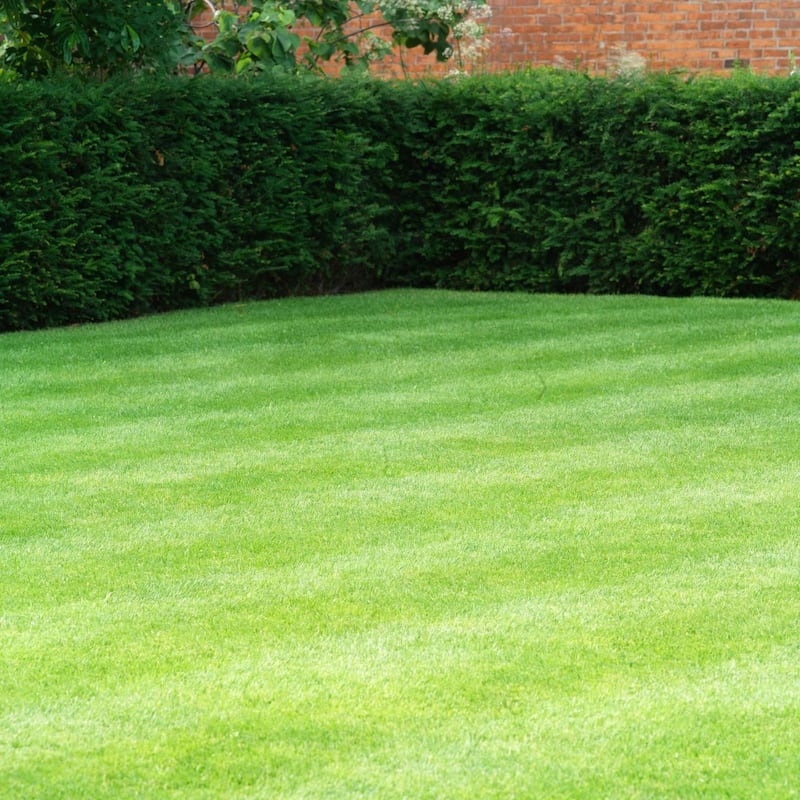
Early March’s Siberian weather has left its mark on many lawns with heavy snow killing growth and resulting in bald/ bare patches. To repair these, wait until soil conditions have improved/warmed up and then pick a dry day to aerate the compacted soil surface by spiking it with a garden fork. Sprinkle the surface with a shallow layer of damp seed compost followed by some fresh lawn seed, then lightly rake this in to ensure the seed makes good contact with the soil. Within a few weeks, you should see signs of germination.
Covering the freshly sown seed with garden fleece will speed up germination as well as protect seed/seedlings from birds. Avoid walking on these repaired patches until the new grass has had a chance to properly establish itself.
Crops
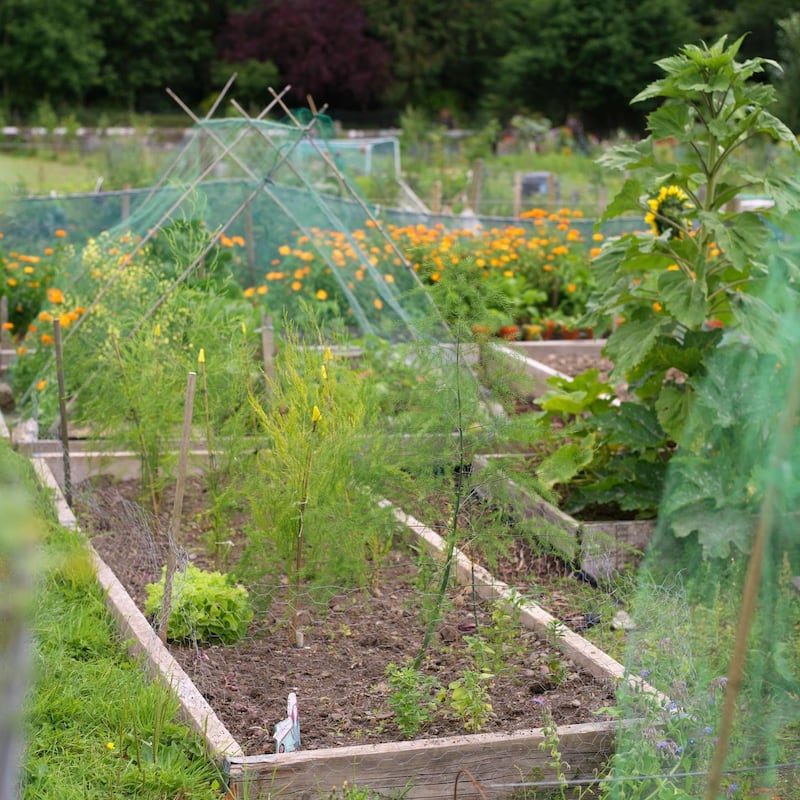
While it’s too early to sow seed or to plant many things outdoors in the kitchen garden or allotment, this month is a great time to plan ahead as regards crop rotation in order to avoid the build-up of pests and diseases and support soil fertility. The simplest crop rotation method is based on the idea of dividing your kitchen garden or allotment up into four sections, with each plot allocated a different group of compatible plants each year.
One would be used to grow potatoes, another legumes (peas and beans), another brassicas (cabbage, broccoli etc) and another root vegetables such as carrots, parsnips and beetroot as well as certain leafy vegetables such as chard and spinach. An easy way to remember this is by using the acronym, People Like Bunches of Roses (PLBR)
Seeds
Seedlings sown under cover in the last few weeks will need to be pricked out into cell trays or small individual pots once they've properly developed their first set of 'true' leaves to maintain steady, healthy growth. Do this using fresh seed compost kept at room temperature for a couple days to avoid shocking their tiny little root systems. Make sure to water each seedling very gently immediately after transplanting.
Dates For Your Diary
Tuesday, March 27th (8pm), Foxrock Parish Pastoral Centre, 18 Kill Lane, Dublin 18, The Private Life of Plants, a lecture by clematis expert and author Dr Mary Toomey on behalf of Foxrock and District Garden Club, see foxrockgardenclub.com. From March 29th-April 25th, National Botanic Gardens, Glasnevin, Dublin 9, Three Threads of the Orchid Tapestry created by Frederick William Moore, an exhibition of botanical artworks by Margaret Pertl and Deborah Lambkin inspired by the famous former curator of the gardens and his particular interest in orchids, see botanicgardens.ie. April 8th, Dalkey Garden School, Saval, Mornington Road, Dalkey, Designing and Planting the Cut-Flower Garden, an in-depth one-day workshop with Fionnuala Fallon which costs €90 including lunch, see dalkeygardenschool.com

















